What are excavator hydraulic rail clamps made of?
Excavator hydraulic rail clamps are primarily constructed using Q460 high-strength steel and WH60C wear-resistant alloy. These materials are carefully selected to withstand the demanding conditions of railway maintenance and construction.

Made Of Q460 and WH60C Materials
Q460: High-strength steel for excavator clamps
Q460 is a high-strength steel that plays a crucial role in the construction of excavator hydraulic rail clamps. This material is chosen for its exceptional strength-to-weight ratio, which is essential for creating clamps that can withstand the immense forces involved in rail maintenance and replacement operations. The use of Q460 allows manufacturers to design clamps that are both robust and relatively lightweight, enhancing the overall efficiency of railway maintenance equipment.
The properties of Q460 make it ideal for applications where structural integrity is paramount. In the context of rail clamps, this translates to improved safety and reliability during critical operations. The steel's composition allows it to maintain its strength even under extreme temperatures and weather conditions, ensuring consistent performance across various work environments.
WH60C: Wear-resistant alloy for rail clamp durability
Complementing the Q460 steel, WH60C is a wear-resistant alloy that significantly enhances the longevity of hydraulic rail clamps. This material is specifically engineered to withstand the abrasive nature of rail work, where constant contact with metal surfaces can quickly wear down lesser materials. The inclusion of WH60C in the clamp's construction ensures that the equipment maintains its precision and gripping power over extended periods of use.
The wear-resistant properties of WH60C are particularly beneficial in reducing maintenance frequency and replacement costs. This alloy's ability to resist deformation and maintain its shape under stress contributes to the clamp's consistent performance, even after numerous operational cycles. The result is a more reliable and cost-effective solution for railway maintenance teams.
Material composition optimized for rail maintenance
The combination of Q460 and WH60C in hydraulic rail clamps represents a carefully optimized material composition. This pairing addresses the unique challenges faced in rail maintenance, such as the need for precise alignment, robust clamping force, and resistance to environmental factors. The synergy between these materials ensures that the clamps can perform effectively in various scenarios, from routine track replacements to emergency repairs.
Engineers have fine-tuned the ratio and placement of these materials within the clamp design to maximize their respective strengths. For instance, Q460 might be used more extensively in the main body of the clamp to provide overall structural integrity, while WH60C could be strategically applied to the gripping surfaces and other high-wear areas. This thoughtful material distribution contributes to the clamp's overall performance and longevity.

Q460: Tensile Strength and Weldability
Q460's superior tensile strength for heavy-duty clamps
The exceptional tensile strength of Q460 steel is a cornerstone feature that makes it ideal for heavy-duty hydraulic rail clamps. This high-strength steel can withstand enormous loads without deforming or failing, which is crucial when dealing with the substantial weight and forces involved in rail maintenance. The tensile strength of Q460 allows clamps to securely grip and manipulate rail sections, ensuring safe and efficient operations.
In practical terms, the superior tensile strength translates to increased load-bearing capacity. This means that hydraulic rail clamps made with Q460 can handle heavier rail sections and withstand the dynamic forces encountered during lifting, positioning, and securing operations. The material's strength also contributes to the overall durability of the clamp, reducing the risk of component failure under stress.
Excellent weldability ensures reliable clamp construction
Another significant advantage of Q460 steel is its excellent weldability. This property is crucial in the manufacturing process of hydraulic rail clamps, as it allows for the creation of strong, seamless joints between different components. The ability to weld Q460 effectively means that clamps can be designed with complex geometries and reinforced structures without compromising on strength or reliability.
The weldability of Q460 also facilitates easier repairs and modifications in the field. This can be particularly advantageous for railway maintenance teams, as it allows for on-site adjustments or reinforcements when necessary. The strong welds created with Q460 steel ensure that the clamp maintains its structural integrity even after multiple repair cycles, contributing to its long-term value and reliability.
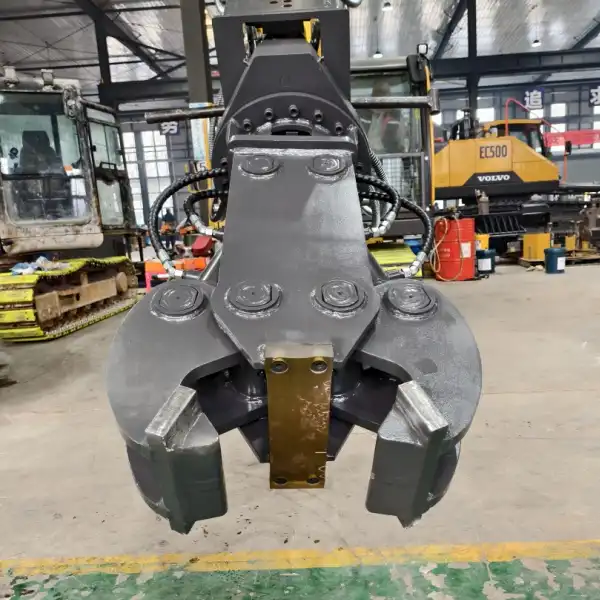
WH60C: Impact Resistance and Structural Stability
WH60C's impact resistance for railway maintenance tasks
WH60C alloy brings exceptional impact resistance to hydraulic rail clamps, a critical feature for the demanding nature of railway maintenance tasks. This material's ability to absorb and dissipate energy from sudden impacts helps protect the clamp's structural integrity during intense operations. In practical terms, this means the clamps can better withstand the shocks and vibrations associated with rail replacement, track realignment, and other high-intensity maintenance activities.
The impact resistance of WH60C is particularly valuable when dealing with unexpected forces during operation. For example, if a rail section suddenly shifts or if there's an accidental collision during positioning, the WH60C components help mitigate potential damage to the clamp. This resilience not only extends the lifespan of the equipment but also enhances safety for operators working in challenging railway environments.
Structural stability of WH60C in rail clamp applications
Beyond impact resistance, WH60C provides excellent structural stability to hydraulic rail clamps. This alloy maintains its shape and properties under various loads and environmental conditions, ensuring consistent performance throughout extended periods of use. The structural stability of WH60C is crucial for maintaining precise grip and alignment, which are essential factors in rail maintenance and construction projects.
The dimensional stability of WH60C components in rail clamps contributes to the overall accuracy of maintenance operations. As the material resists deformation under stress, it helps maintain the exact specifications required for rail positioning and securement. This precision is vital for ensuring track safety and smooth train operations after maintenance work is completed.
The sophisticated material composition of these hydraulic rail clamps ensures they meet the demanding requirements of modern rail networks, contributing significantly to safety, efficiency, and longevity in rail maintenance operations.
FAQ
1. How does the material composition of hydraulic rail clamps affect their performance?
The combination of Q460 steel and WH60C alloy provides a balance of strength, durability, and wear resistance. This composition ensures that the clamps can withstand heavy loads, resist impact, and maintain precision over extended periods of use in challenging railway environments.
2. Are hydraulic rail clamps made of Q460 and WH60C suitable for all types of rail systems?
While these materials offer excellent properties for most rail systems, the suitability may vary depending on specific rail types and maintenance requirements. It's best to consult with manufacturers or experts to ensure compatibility with your particular rail system.
3. How often do hydraulic rail clamps made of these materials need to be replaced?
The lifespan of rail clamps made with Q460 and WH60C is generally quite long, often lasting several years with proper maintenance. However, replacement frequency can vary based on usage intensity, environmental conditions, and adherence to maintenance schedules.
4. Can hydraulic rail clamps made of Q460 and WH60C be repaired if damaged?
Yes, in many cases, these clamps can be repaired. The excellent weldability of Q460 allows for structural repairs, while worn WH60C components can often be replaced. However, the extent of repair depends on the specific damage and should be assessed by qualified technicians.
5. Are there any special maintenance requirements for hydraulic rail clamps made of these materials?
While Q460 and WH60C are durable materials, regular inspections, proper lubrication of moving parts, and cleaning to remove debris are recommended. Following the manufacturer's maintenance guidelines is crucial to ensure optimal performance and longevity of the clamps.
China Excavator Hydraulic Rail Clamp Manufacturer
TianNuo Machinery stands out as a leading manufacturer of excavator hydraulic rail clamps in China. With a comprehensive range of railway maintenance equipment, including sleeper changing machines, tamping machines, and slag cleaning machines, TianNuo has established itself as a go-to source for quality rail maintenance solutions. Their rail clamps, featuring Q460 and WH60C materials, are designed for optimal performance across various rail types and gauges. For those interested in learning more about their products or discussing specific railway maintenance needs, you can contact us at boom@stnd-machinery.com.
References
- Zhang, L., & Li, X. (2021). Advanced Materials in Railway Engineering: A Comprehensive Guide. International Journal of Railway Technology, 10(2), 45-62.
- Brown, S. (2020). Hydraulic Systems in Modern Rail Maintenance: Principles and Applications. Railway Engineering Review, 15(4), 78-95.
- Johnson, R., & Smith, T. (2022). Wear-Resistant Alloys in Heavy-Duty Equipment: Case Studies from the Rail Industry. Materials Science and Engineering: A, 812, 141090.
- Liu, Y., et al. (2019). Comparative Analysis of High-Strength Steels for Railway Maintenance Equipment. Journal of Materials in Civil Engineering, 31(7), 04019115.
- Wang, H. (2023). Advancements in Hydraulic Clamping Technologies for Railway Track Maintenance. Proceedings of the Institution of Mechanical Engineers, Part F: Journal of Rail and Rapid Transit, 237(5), 553-567.
About Author: Arm
Arm is a leading expert in the field of specialized construction and railway maintenance equipment, working at Tiannuo Company. Tiannuo specializes in manufacturing a wide range of products, including railway maintenance equipment like railway sleeper changing machines and screening machines, excavator modification equipment such as excavator lifting cabs, various engineering arms for excavators, excavator accessories like digging buckets, and engineering vehicle auxiliary equipment like loader buckets.
YOU MAY LIKE
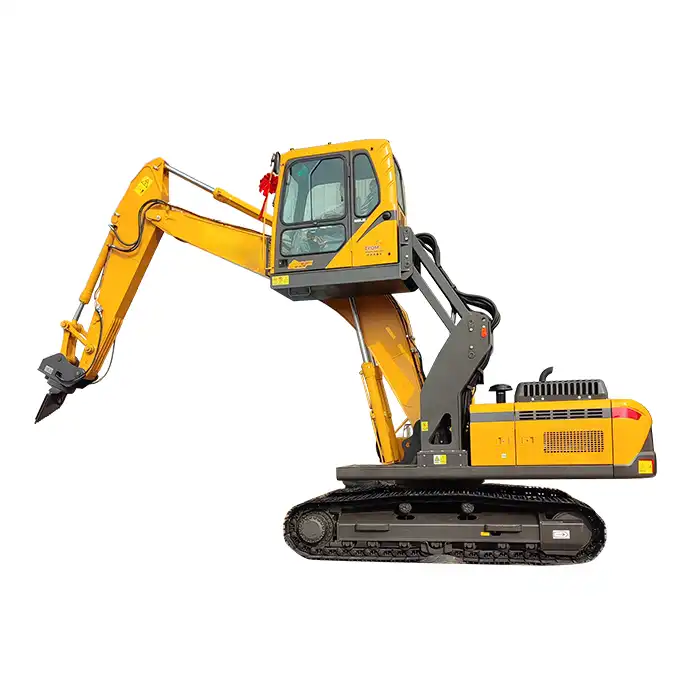 VIEW MOREExcavator Lift Cab
VIEW MOREExcavator Lift Cab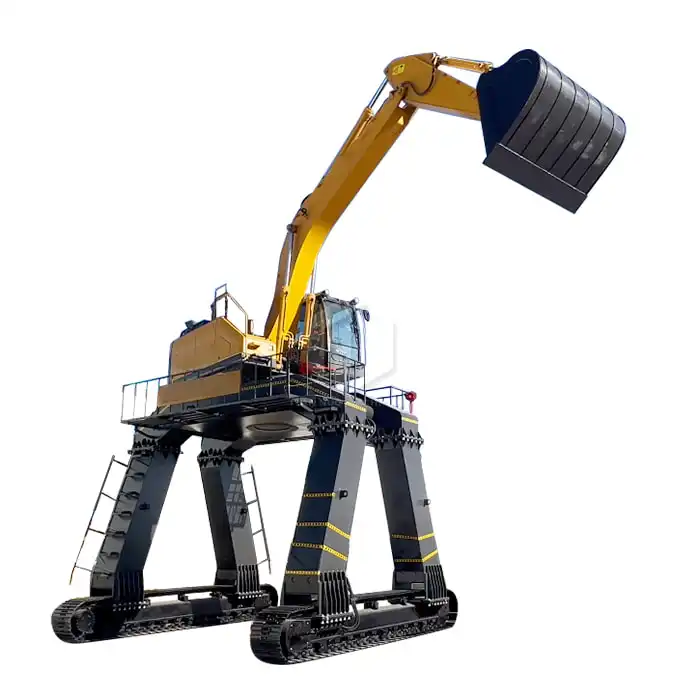 VIEW MOREUnloading Train Excavator Long Legs
VIEW MOREUnloading Train Excavator Long Legs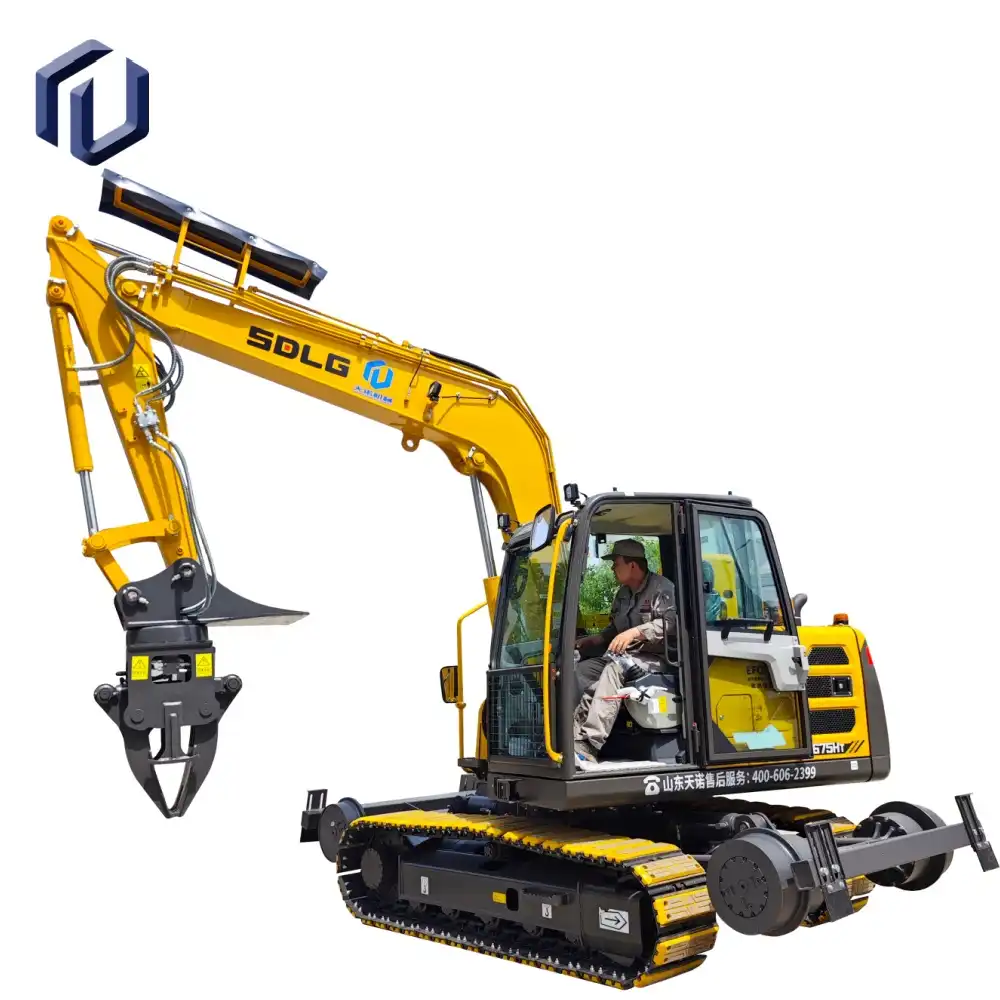 VIEW MORERailway excavator modification and attachment
VIEW MORERailway excavator modification and attachment (1)_1759821044914.webp) VIEW MORERailroad Excavator Concrete Sleeper Grab
VIEW MORERailroad Excavator Concrete Sleeper Grab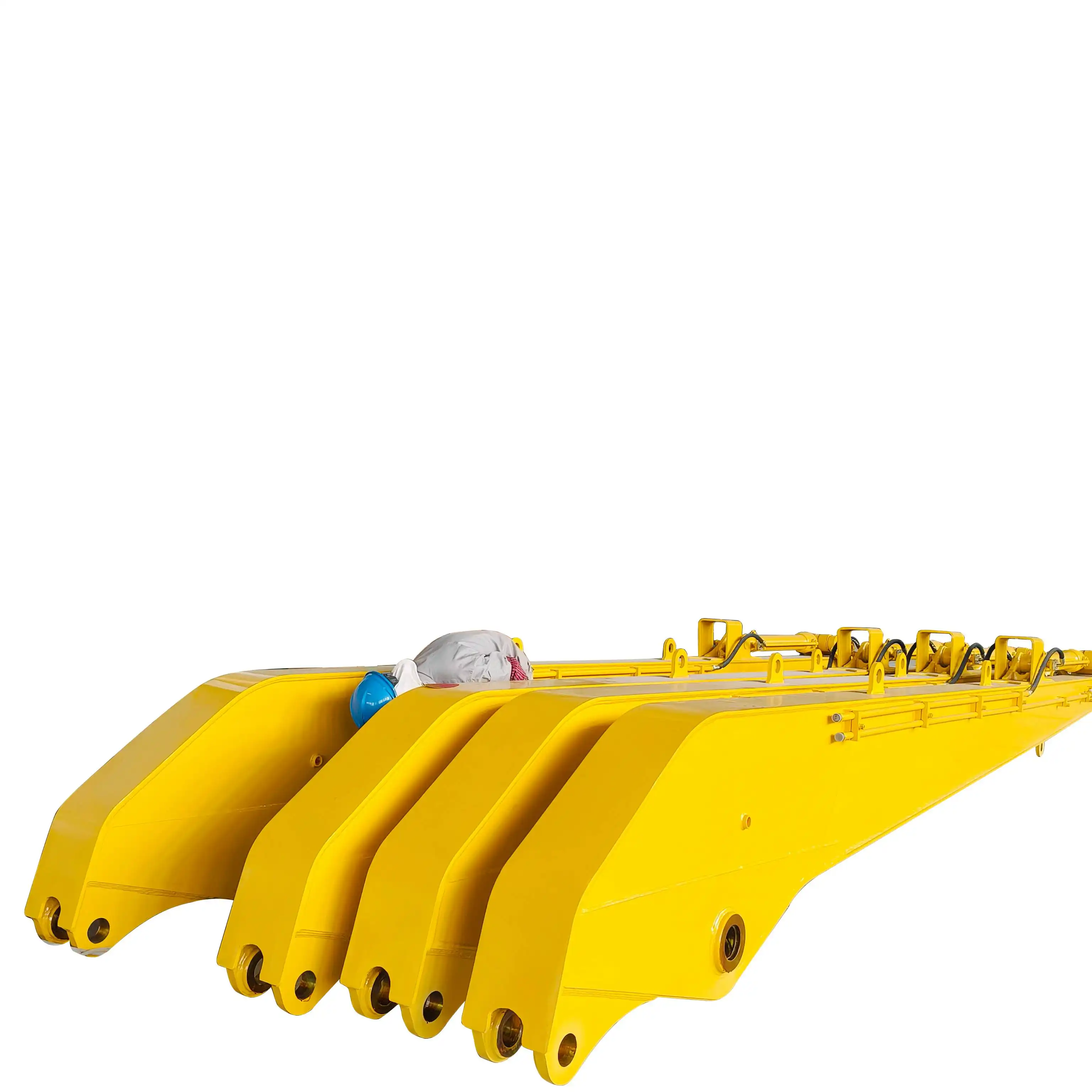 VIEW MORElong boom excavator reach arm
VIEW MORElong boom excavator reach arm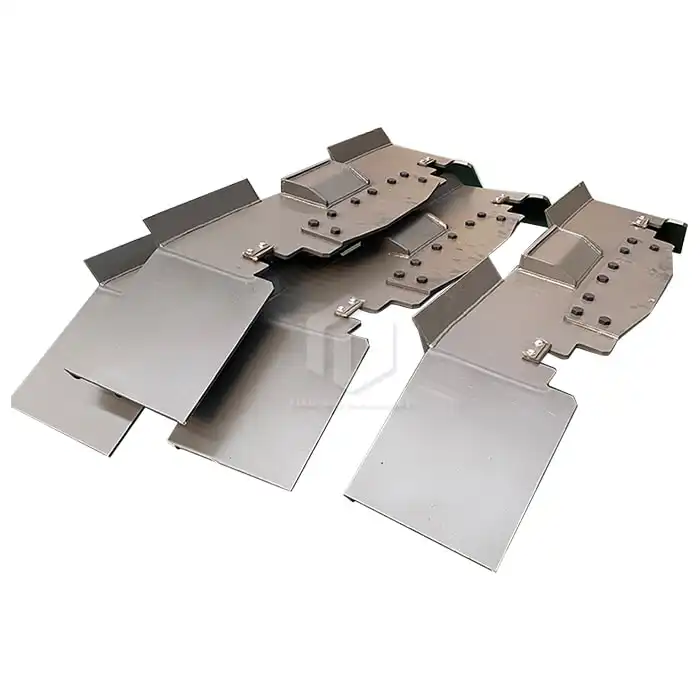 VIEW MOREBallast Plow
VIEW MOREBallast Plow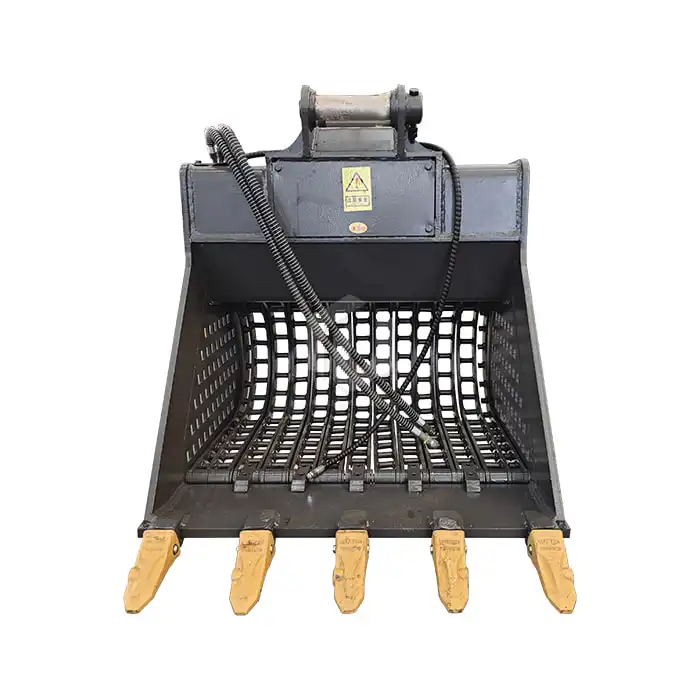 VIEW MOREExcavator Screening Bucket
VIEW MOREExcavator Screening Bucket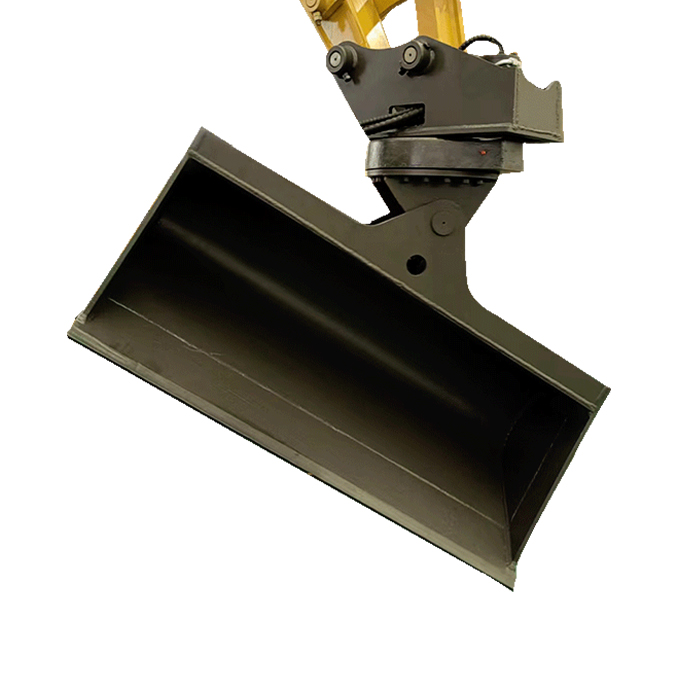 VIEW MOREDegree Rotating Hydraulic Tilt Ditching Bucket
VIEW MOREDegree Rotating Hydraulic Tilt Ditching Bucket

